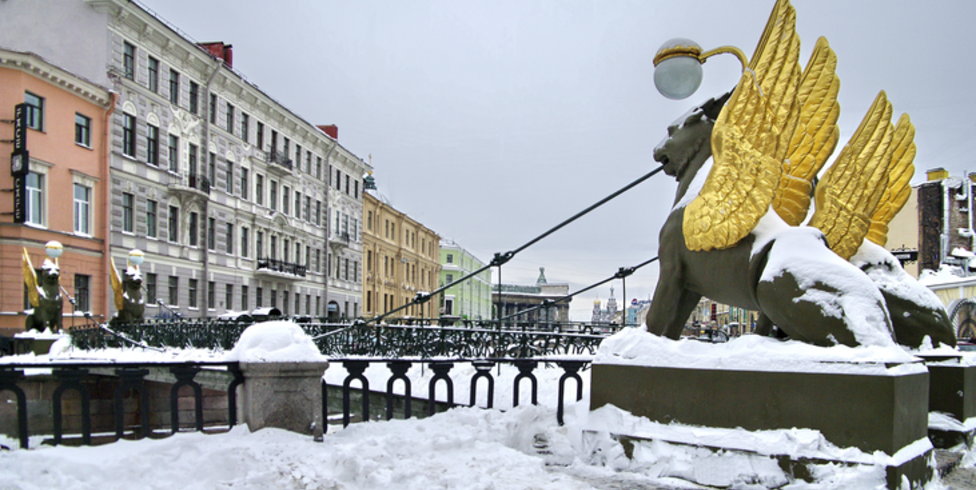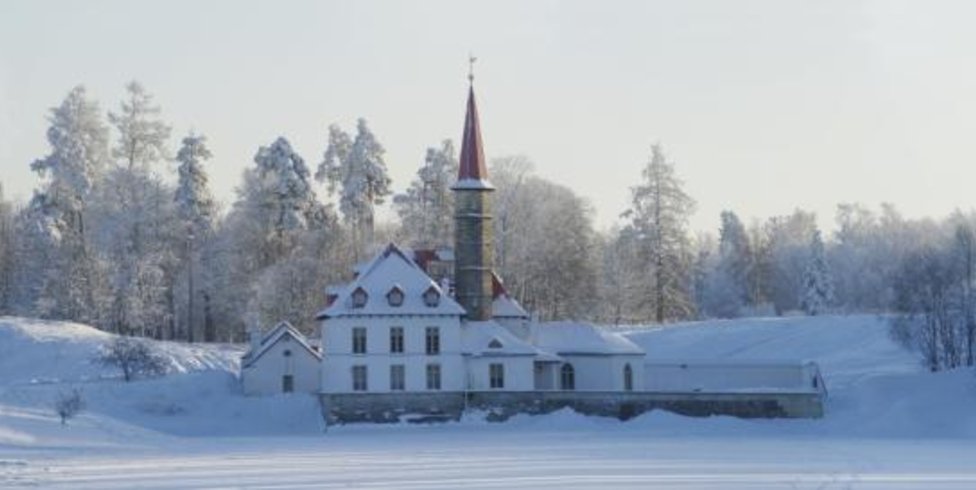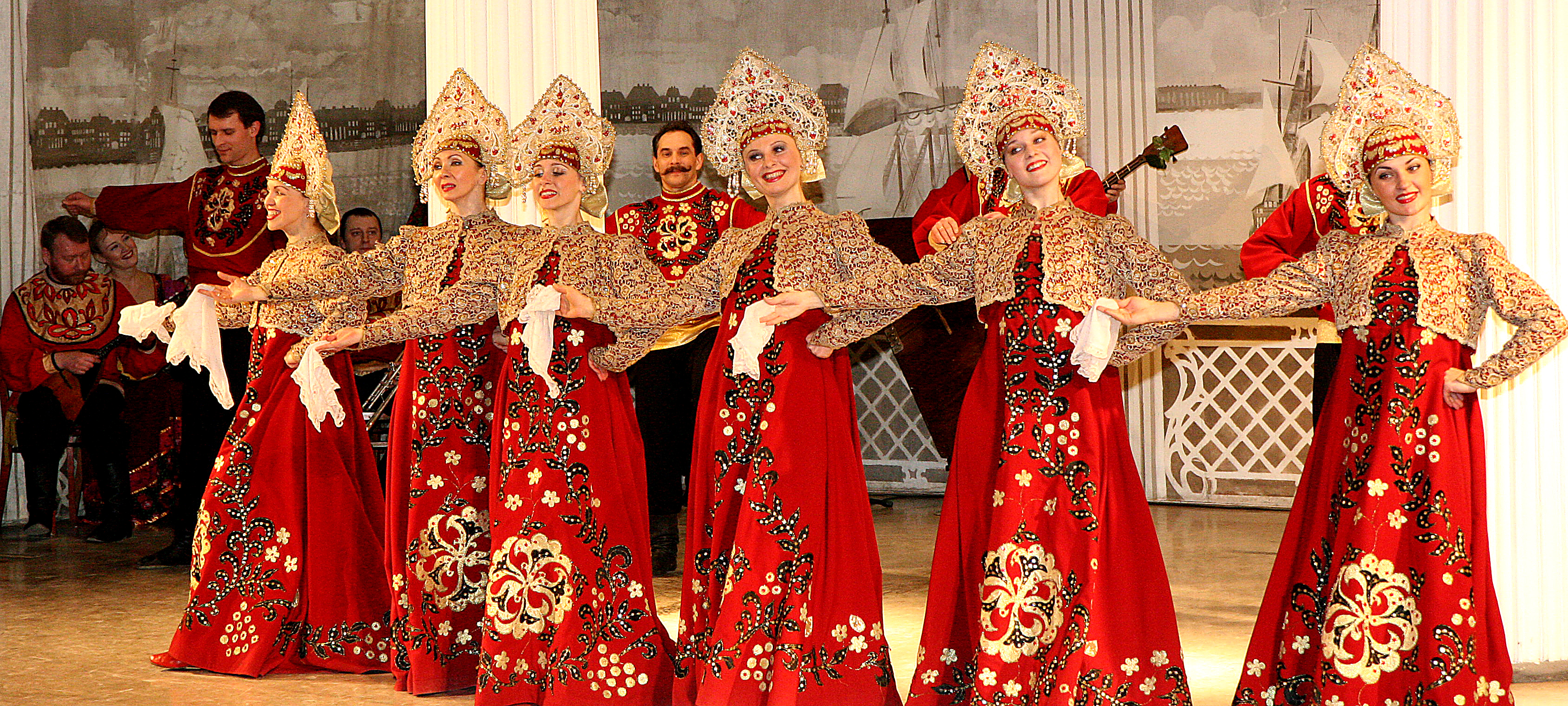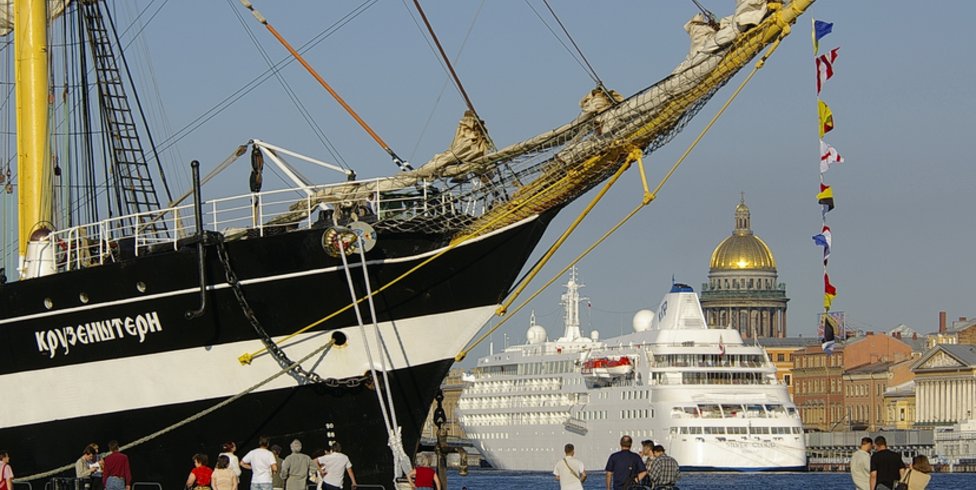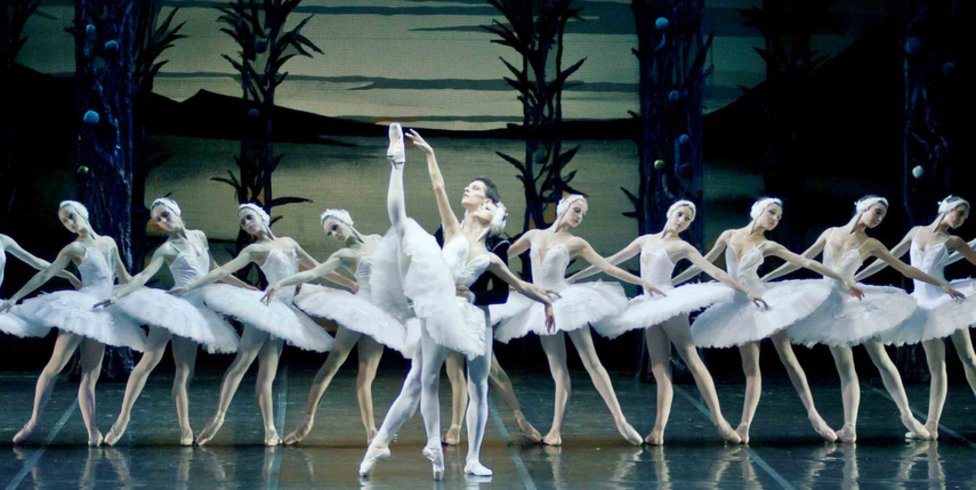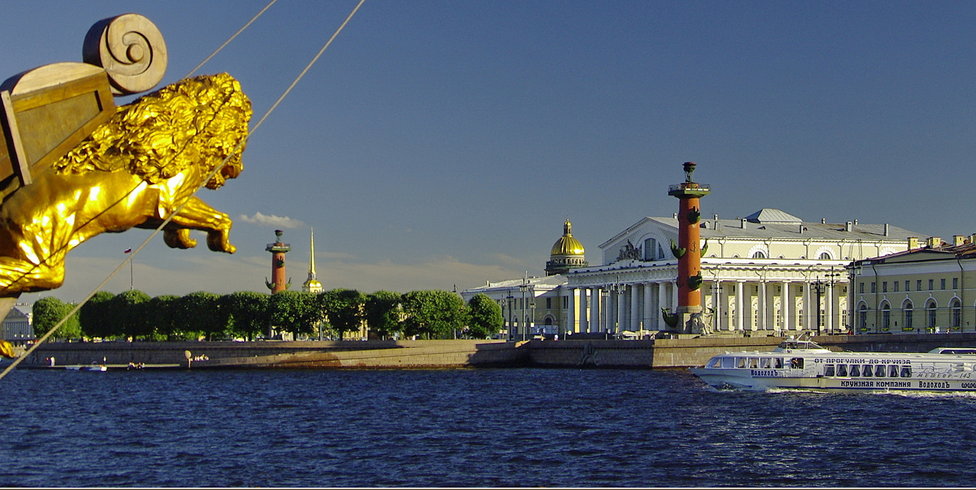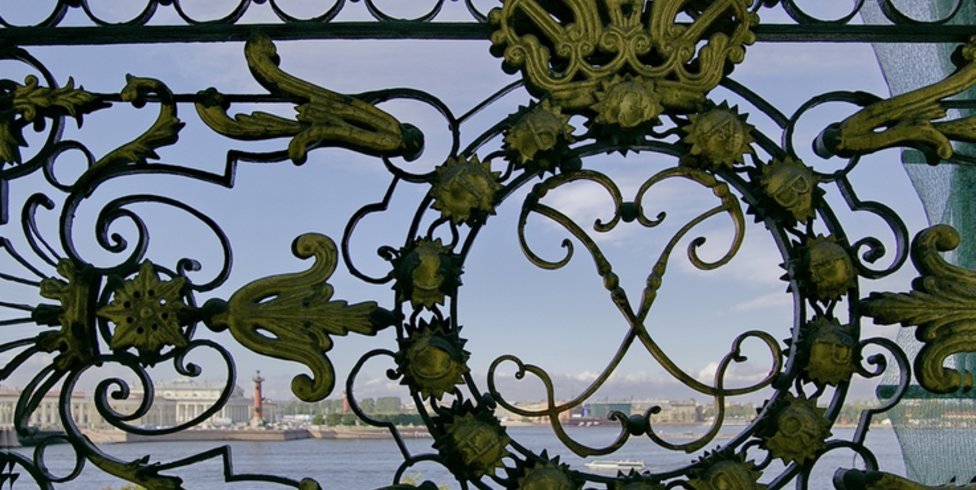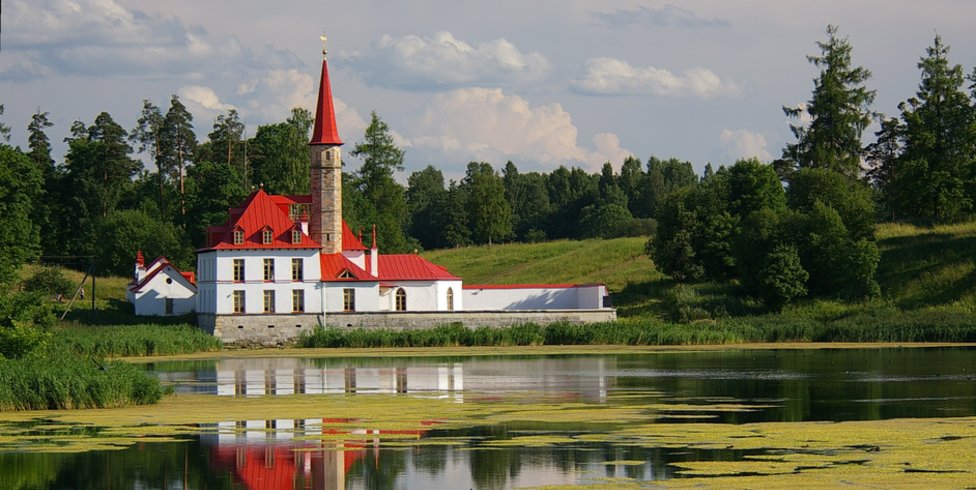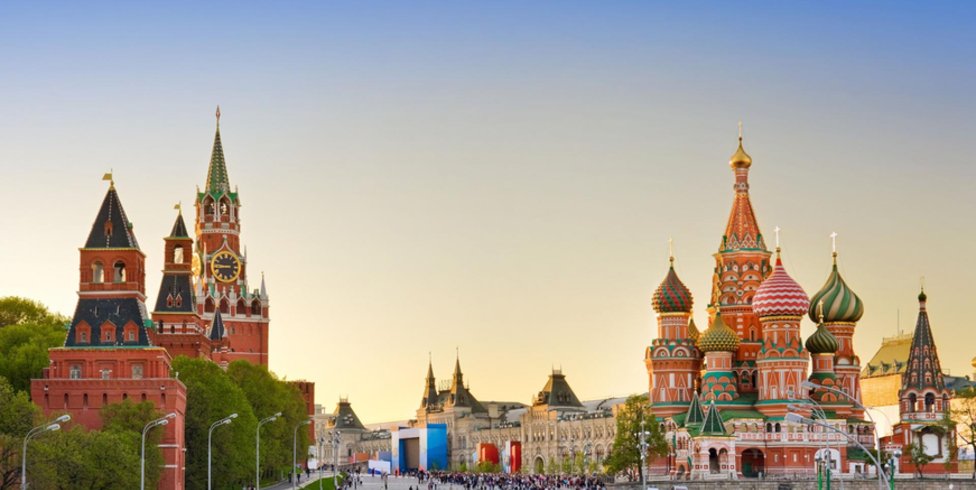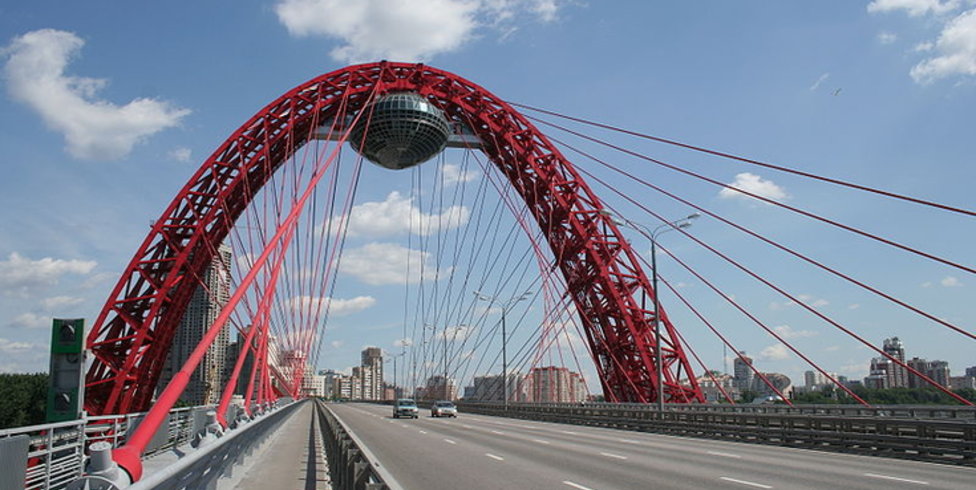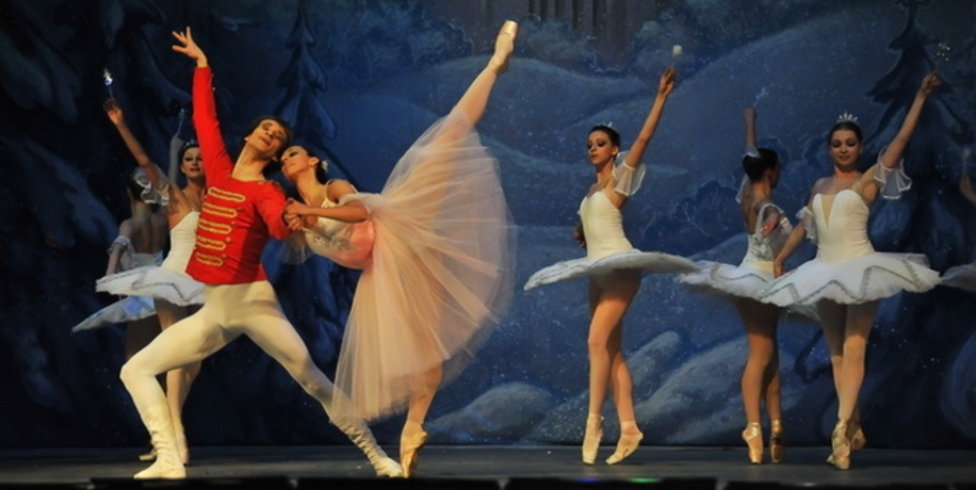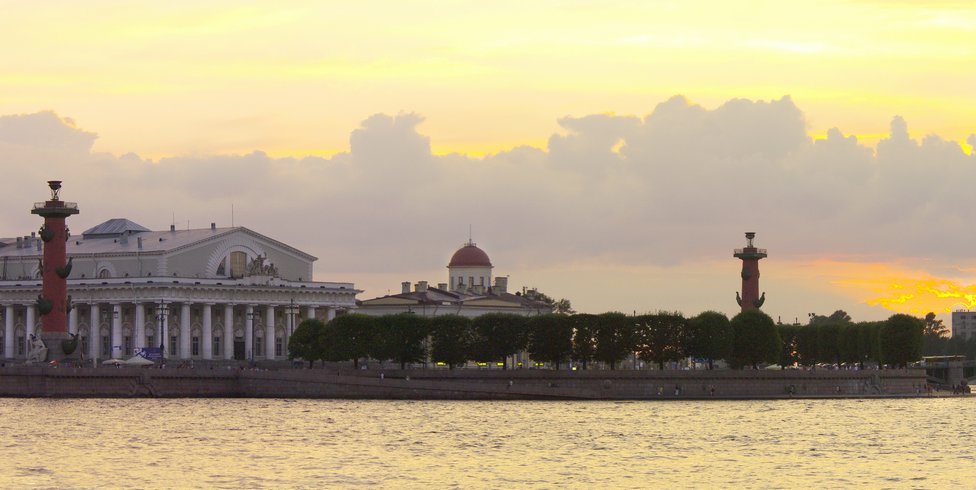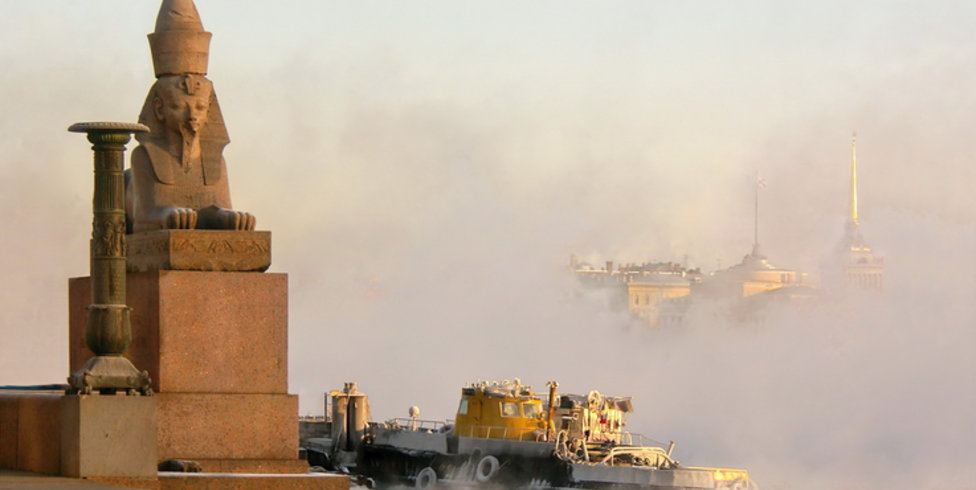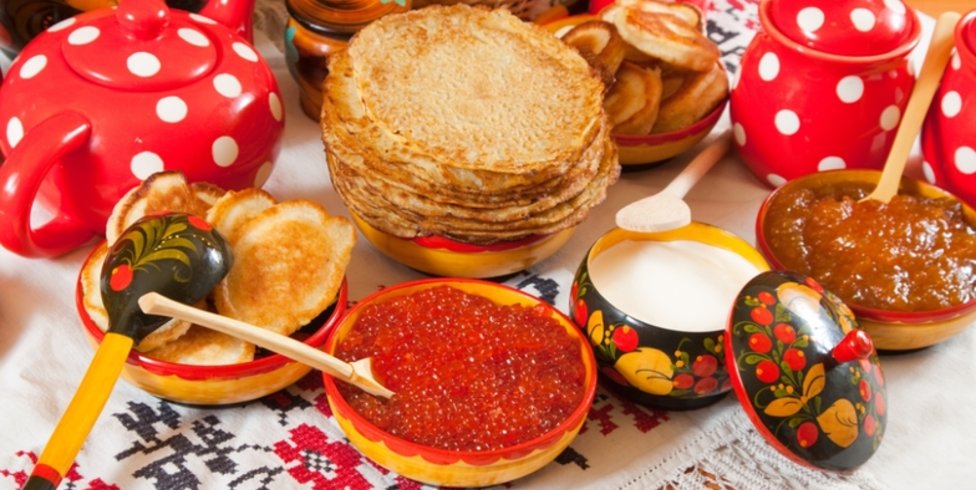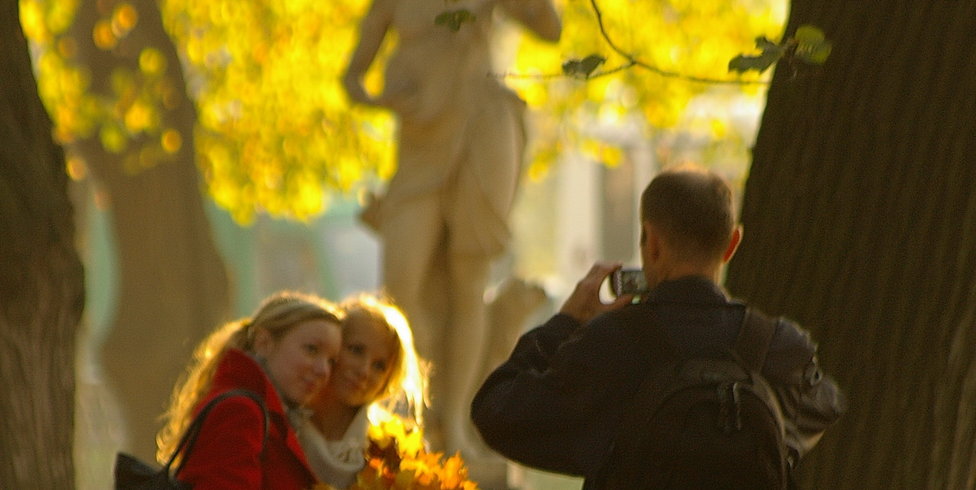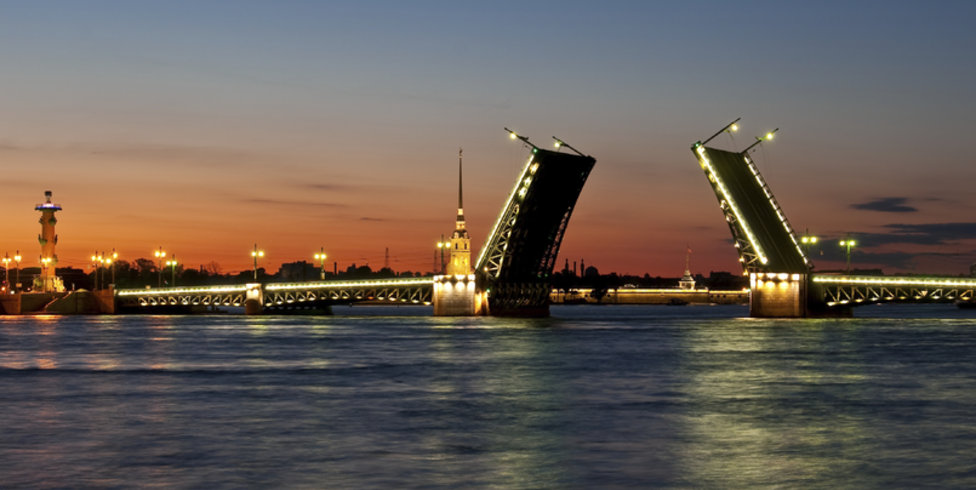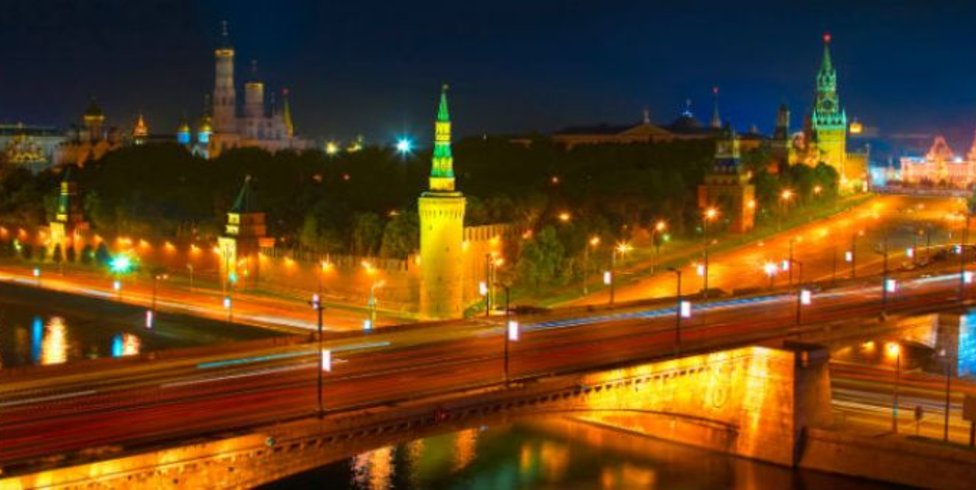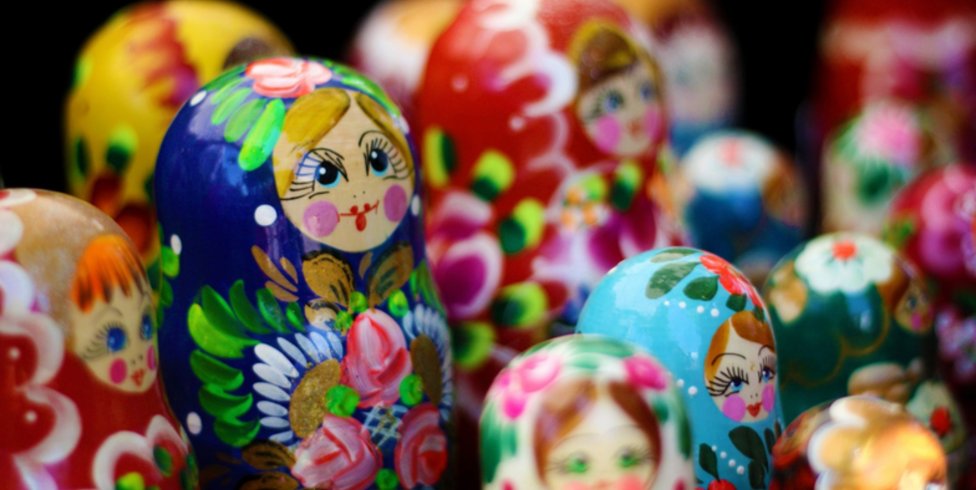Greeting
 Madeleine Isabelle Lüthi
Madeleine Isabelle Lüthi
The first time I set foot on Russian soil was in 1990. It was an eye-opening experience for a young woman from Switzerland to be in Russia during this historic period--just as the country was emerging from the bonds of the Soviet era and becoming a newly reborn Russia. It was a time of great enthusiasm and hope for the future. From those early years until the present day, I have carefully followed the country’s progressively changing path and have myself changed--from my early days as an idealistic student to my present life in the pragmatic world of business. I felt the country changing about me just as I was changing with it. I lived through the instability of the ’nineties and have witnessed Russia’s dynamic growth in the 21st century. Living and working in Russia, over a quarter of a century, I have come to appreciate the depth of Russian culture, the millennium-old customs and traditions, the sincerity and generosity of the Russian people. Over the years, I have put together a close-knit team of like-minded colleagues. Together we can show you all the most fascinating things and places in Russia, just as I personally came to know and experience them.

Swiss Center Group

Supported by Helvetia Hotel
Погода в Санкт-Петербурге
Сделано с помощью Яндекс.Погода
Comments
-
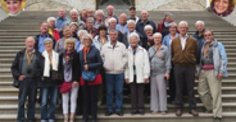
Geographische Gesellschaft Bern 01-09.09.15
-

RHZ Reisen 23-30.05.15
-
Andreas Steiner group
"....Nach einer guten Heimreise sind wir daran, die vielen unvergesslichen Eindrücke zu verarbeiten und zu verinnerlichen. Es war eine aussergewöhnliche Reise. Alles hat derart gut geklappt wie noch an keiner meiner …
-
Heidi
"Ich erfasse jetzt erst so langsam, was wir alles in einer kurzen Woche gesehen haben. Es gab nicht nur viel zu sehen, auch sehr viel zu hören und zu lernen. Ich bin glücklich, diese 7 Tage erlebt zu haben. Ihnen, Frau …
-
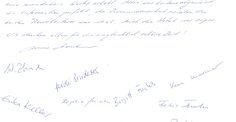
RHZ Reisen Alexey Makhrov group 20-27.09.2014
-
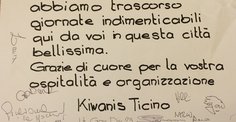
Kiwanis Ticino group 27-31.03.2014
- St Petersburg is by far the world’s largest metropolis in the far-northern latitudes of the globe. Famously situated in the River Neva’s vast delta where Europe’s widest river flows into the Gulf of Finland, this sprawling town is webbed with bridges and canals connecting forty-four large and small islands. Few cities in the world can boast so many rivers, canals, islands and bridges.
- The construction of St Petersburg began in 1703 according to Peter the Great’s carefully drafted plans. In the late 1690s, the czar had visited the major cities of Europe and formulated the design he would later use to build his new Russian capital. The amazing result is a city bursting with charm, elegance and different architectural styles that harmonise extraordinarily well.
- The focal point of St Isaac’s Square is St Isaac’s Cathedral. The dome atop the cathedral was plated with 24-carat gold, and the interior is decorated in an incredibly ornate style. St Isaac’s was designed by a French architect, Auguste de Montferrand, who came to Russia to build the cathedral when he was 30 years old. He completed the project forty years later at the age of seventy and expired a few weeks later.
- A massively impressive statue of Emperor Nicholas I astride his mount dominates the centre of St Isaac’s Square. Created by one of Russia’s most celebrated sculptors, Baron Peter Klodt, the statue is the only one in the world that is perfectly balanced on just two points.
- The first and most important Swiss arrival in St Petersburg was Domenico Trezzini, who was born near Lugano and studied design and architecture in Rome. Czar Peter invited Trezzini to Russia to become St Petersburg’s first architect and city planner. The Swiss architect was 33 when he arrived, and over the next thirty years he designed dozens of buildings, the most celebrated of which is the Cathedral of Saints Peter and Paul, the world’s tallest Orthodox church. Within the cathedral is a burial vault containing the tombs of the Romanoff emperors and empresses from Peter the Great to Nicholas II and his family.
- Though Franz Lefort lived for nearly 25 years in Moscow and became a staunch Muscovite, no description of Swiss residents in Russia would be accurate without placing Lefort’s name at the top of the list. Born in Geneva, he came to Russia at the age of twenty. When Franz Lefort was 34, he met the 17-year-old Czar Peter and the two became inseparable friends till the end of Lefort’s life. Lefort"s residence in Moscow was a central attraction, with Czar Peter the most frequent guest. Lefort rose quickly to prominence, and the Swiss major soon attained the rank of general. In 1691, Peter commissioned the construction of a new foreign quarter and named it Lefortovo after his closest friend. The most famous, or infamous, landmark in Moscow’s Lefortovo District today is Lefortovo Prison. In 1692, Peter funded the construction of an extension to Lefort’s residence, which included a ballroom for the czar and his friend from Geneva to hold fêtes for as many as 1500 guests. In 1693-1694, Lefort accompanied Peter and their companions on a journey to Arkhangelsk. After arriving at the River Neva, the group camped for several weeks in the region that would later become St Petersburg. During Russia’s military campaign in the Sea of Azov, Lefort was named Russia’s first admiral and put in command of the Imperial Russian Navy. Upon Lefort’s victorious return, he was made governor of Novgorod and awarded several estates for his heroism. Lefort and Peter the Great shared something else in common--the banquet table. The Swiss general was reputed to be the only man in Russia who could consume more jugs of vodka and devour more food than Peter.
- The early years of Russian science and mathematics saw a surprising number of scientists emigrate from Switzerland to St Petersburg. Among them were Daniel Bernoulli, a mathematician and physicist from Basel; Henri Hess, the founder of thermo-chemistry, from Geneva; Leonhard Euler, mathematician, physicist and an early researcher into infinitesimal calculus and graph theory, from Basel; Eduard August von Regel, science professor and botanist from Zürich; Nicholas Fuss, Swiss mathematician from Basel. These towering figures of 18th- and 19th-century science and mathematics, all with backgrounds from Switzerland, played an indispensable role in founding Russia’s Imperial Academy of Sciences.
- In the mid 1800s, Carl and Paul Buhré, father and son watchmakers from Neuchâtel, Switzerland, came to St Petersburg, where Paul, in the Russian manner, changed his name to Pavel. In 1892 the emperor awarded the Pavel Buhré watch company the title ‘Purveyors of watches and clocks to the Imperial Court’. Following the revolution, the company ceased production, though Lenin kept a Pavel Buhré wall-clock in his Kremlin office. As history repeats itself, there is once again a Pavel Buhré Watch Shop in St Petersburg, located in the building of the original Buhré watch-making factory at 23 Nevsky Prospect.
